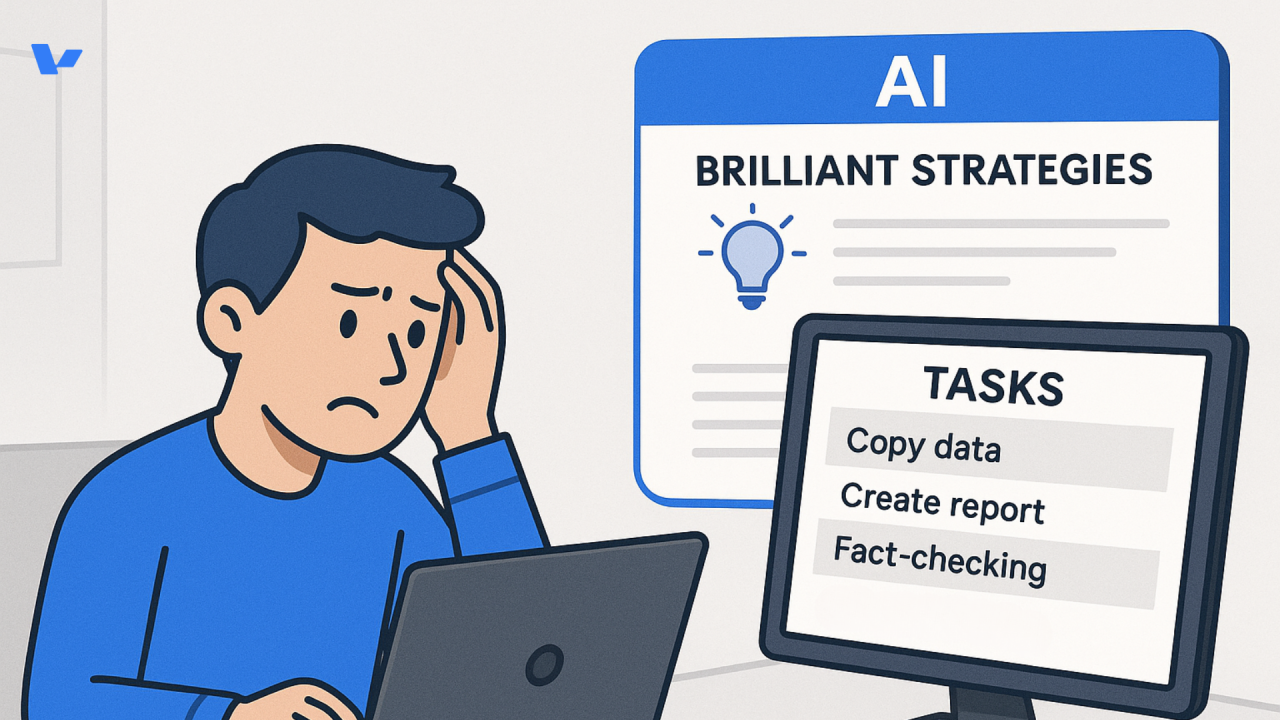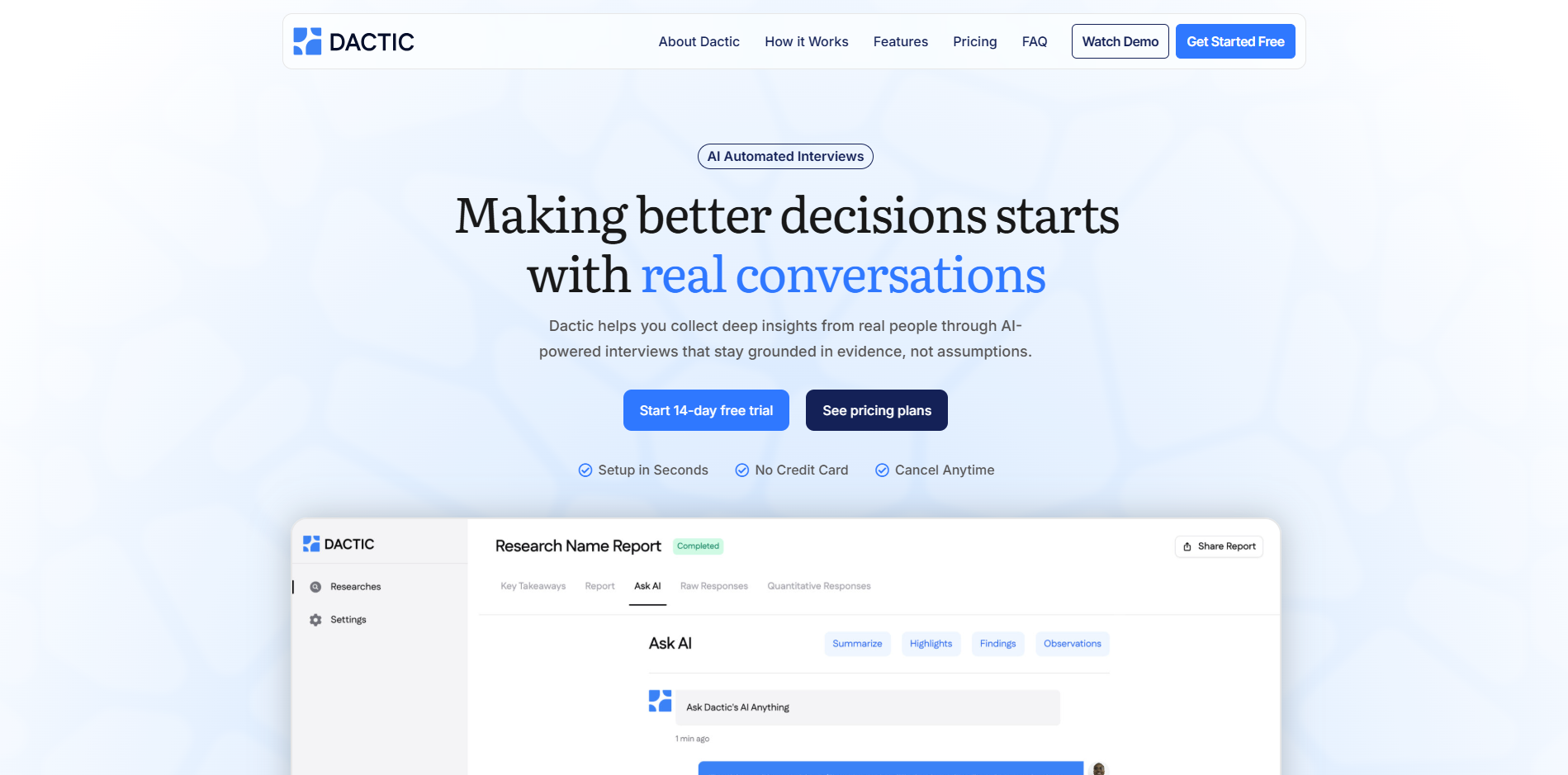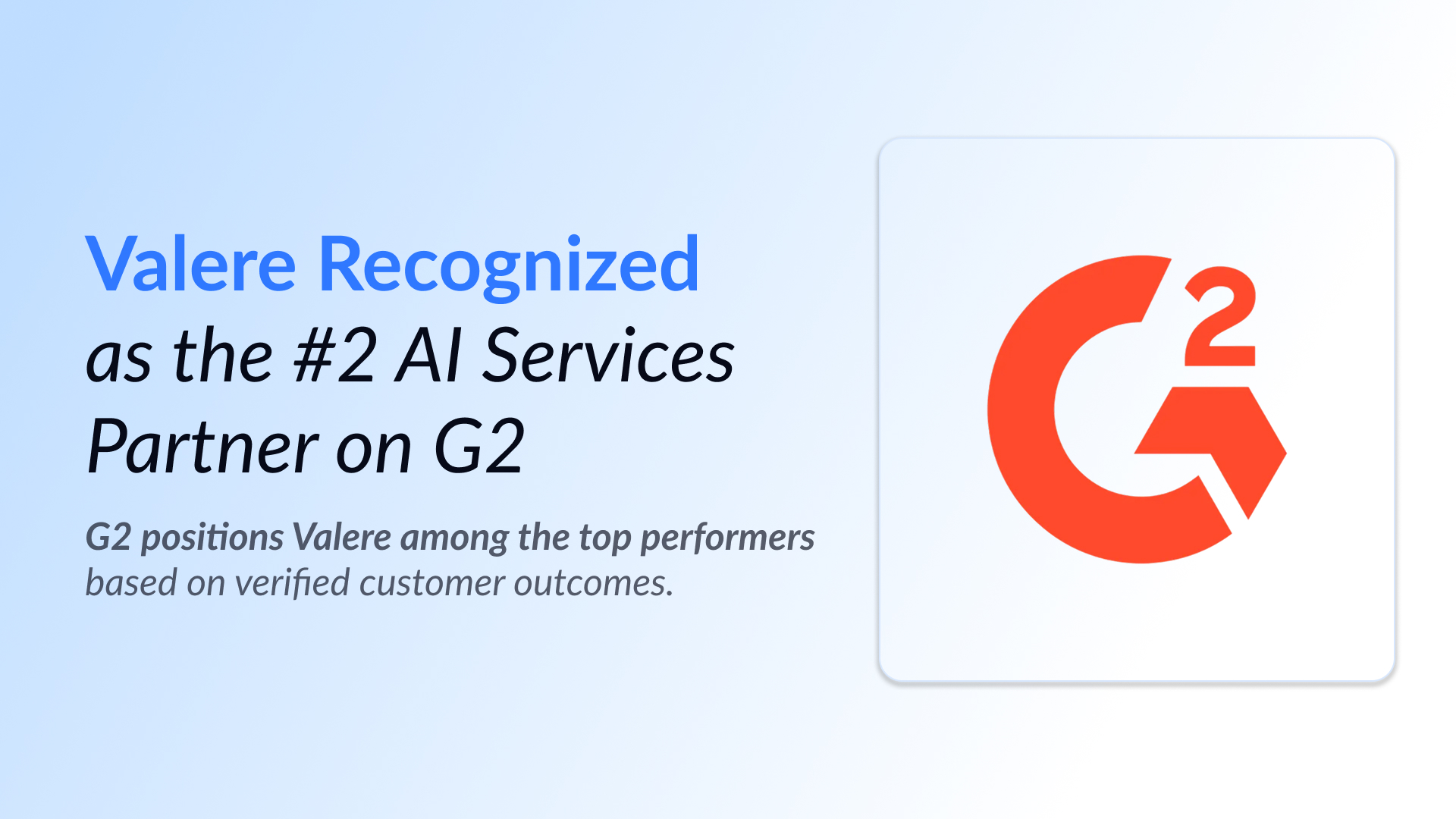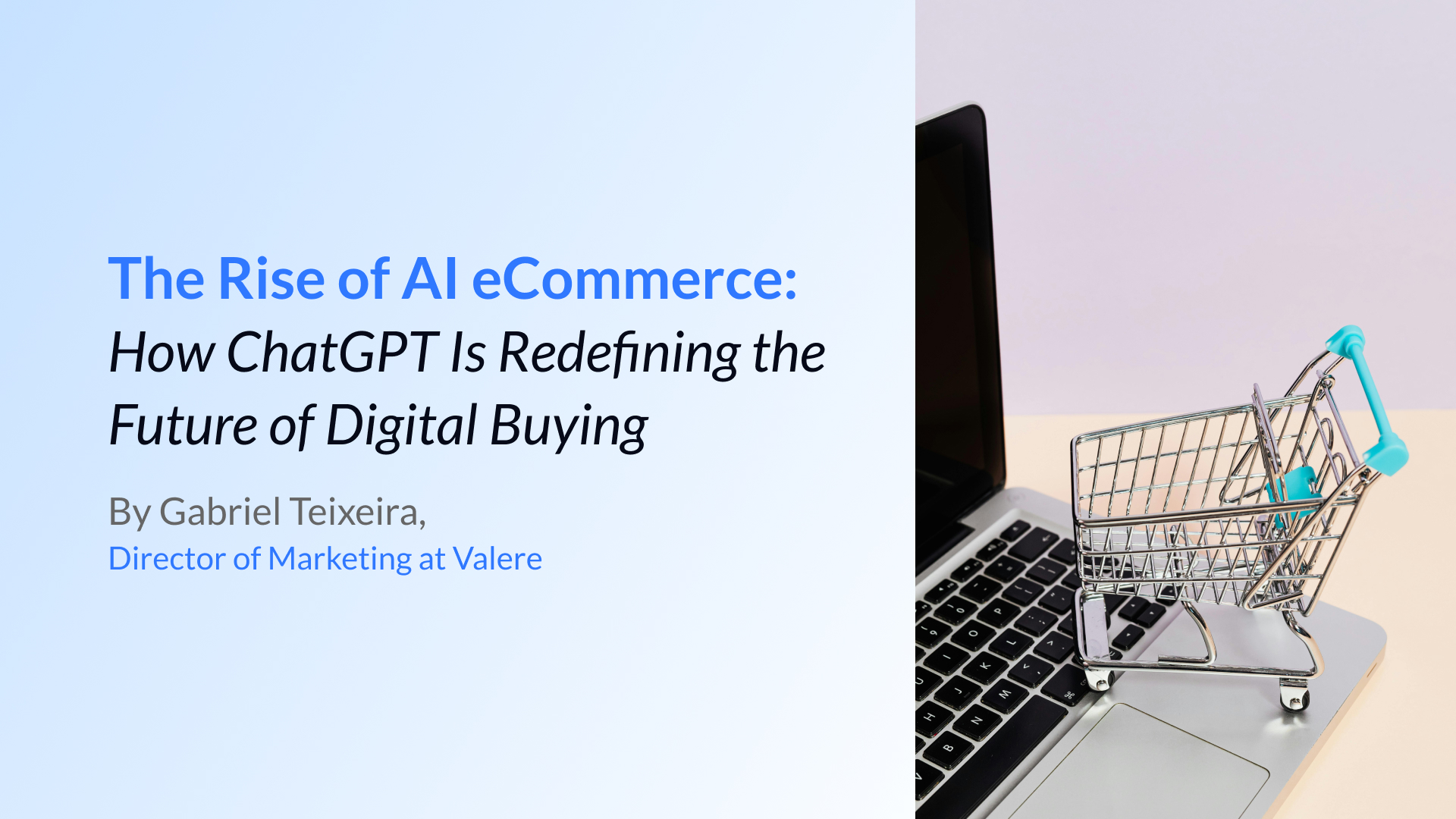Here’s the irony nobody talks about: the smarter generative AI gets at thinking, the more time you spend doing mindless busywork. While your GenAI systems dream up brilliant strategies and insights, you’re stuck copying data between spreadsheets and fact-checking their creative hallucinations.
Knowledge workers now burn around 60% of their time on what experts call “work about work”: the functional tasks that generative AI should handle but can’t. We’ve accidentally flipped the script: treating humans like robots while letting GenAI play the creative genius.
This isn’t just inefficient. It’s backwards, and the cost goes beyond wasted AI budgets. Organizations miss out on productivity gains while employees burn out from constant AI babysitting. But there’s a way out of this mess.
The Great Role Reversal Nobody Saw Coming
Think about your typical Tuesday. You ask ChatGPT to analyze market trends, and it delivers a brilliant 10-page report in seconds. Then you spend the next three hours manually pulling data from five different systems, cross-referencing facts the AI might have invented (you feel like you can’t give it your complete trust yet, so fact-checking is a must), and building the presentations the AI can’t actually create in your company’s format.
The generative AI handles the creative heavy lifting. You handle the grunt work. Something’s seriously wrong with this picture.
David De Cremer, one of the leading voices in AI transformation, puts it perfectly: “We’re treating humans like robots and AI like creatives. It’s time to flip the equation.”

This role reversal shows up everywhere:
Financial Services: Analysts spend hours manually inputting GenAI-enhanced investment recommendations into compliance systems that can’t talk to the AI tools.
Healthcare: Doctors review generative AI diagnostic suggestions, then manually enter findings into five different patient management systems that don’t sync.
Marketing: Teams get brilliant campaign strategies from GenAI, then spend days building the actual assets and coordinating execution across platforms the AI can’t access.
The pattern repeats across every industry: generative AI thinks, humans execute. GenAI creates, humans coordinate. Generative AI analyzes, humans integrate.
The Hidden Costs of GenAI
When you invest in generative AI that can think but can’t do, you’re not just missing efficiency gains. You’re creating new categories of work that didn’t exist before.
The Data Translation Tax: Every brilliant GenAI insight requires human translation into actionable steps. Your team becomes a full-time interpretation service, converting generative AI outputs into real-world actions. This translation work adds zero strategic value but consumes massive amounts of time.
The Coordination Overhead: Multiple GenAI systems working on related problems create coordination nightmares. Someone needs to reconcile conflicting recommendations, identify overlaps, and ensure nothing falls through the cracks. That someone is always human.
The Quality Assurance Burden: GenAI-generated content needs constant fact-checking and refinement. While the generative AI creates initial drafts quickly, humans spend hours verifying accuracy and adjusting tone, format, and compliance requirements.
The Cognitive Atrophy Effect
But the cost of GenAI dependency goes deeper than workflow inefficiencies. Recent research from the MIT Media Lab reveals a troubling pattern: the more people rely on generative AI for thinking tasks, the less their brains engage in critical cognitive processes.
In a study tracking brain activity through EEGs, researchers found that people using ChatGPT to write essays showed significantly lower neural engagement compared to those working without AI assistance. The GenAI users exhibited “consistently underperformed at neural, linguistic, and behavioral levels,” with reduced activity in brain regions associated with creativity, memory processing, and semantic understanding.
The implications extend far beyond essay writing. As Dr. Nataliya Kosmyna, the study’s lead researcher, observed: “The task was executed, and you could say that it was efficient and convenient. But you basically didn’t integrate any of it into your memory networks.” Users became progressively lazier with each GenAI interaction, eventually resorting to simple copy-and-paste approaches.
This creates a vicious cycle. GenAI produces content quickly, but users don’t develop the cognitive muscles needed for complex thinking. Over time, employees become increasingly dependent on AI for tasks they could previously handle independently. The result? A workforce that’s efficient at managing AI outputs but weakening in the strategic thinking and creative problem-solving that organizations actually need from human talent.
The pattern becomes especially concerning when combined with the execution gap. Not only are employees spending time translating AI insights into action—they’re also losing the cognitive capacity to generate original insights themselves. We’re creating a generation of workers who can coordinate AI systems but struggle with independent analysis and creative thinking.
Why Traditional GenAI Hits the Execution Wall
Current generative AI architectures excel at pattern recognition and content generation but fail at execution. This limitation stems from fundamental design choices that prioritize thinking over acting.
The Thinking vs. Doing Gap: Generative AI models train on text and images, not real-world interactions. They understand concepts but can’t manipulate systems, execute processes, or coordinate with other tools. It’s like having a master strategist who’s never held a wrench.
The Context Isolation Problem: Each GenAI interaction starts fresh, without persistent memory or ongoing awareness of your business processes. The generative AI can’t learn from yesterday’s mistakes or build on last week’s progress. Every conversation requires rebuilding context from scratch.
The Integration Blind Spot: Most GenAI systems operate as standalone tools rather than integrated workflow components. They can’t access your CRM, update your project management system, or trigger automated processes based on their insights.
The Real-World Impact: Three Scenarios You’ll Recognize
Scenario 1: The Marketing Strategy That Never Launches
Sarah’s team gets a comprehensive go-to-market strategy from their GenAI tool in 15 minutes. The analysis is spot-on, identifying perfect target segments and messaging frameworks. Then reality hits.
The generative AI can’t create the actual ad campaigns in their platform. It can’t set up the email sequences in their marketing automation system. It can’t schedule social media posts or coordinate with the design team on creative assets.
Sarah’s team spends three weeks manually implementing what the GenAI outlined in minutes. The strategy was brilliant. The execution was all human grunt work.
Scenario 2: The Financial Analysis That Sits in Limbo
Mike’s investment team uses generative AI to analyze portfolio performance and identify optimization opportunities. The GenAI delivers detailed recommendations with supporting data and risk assessments.
But the generative AI can’t execute trades, update client portfolios, or generate the compliance reports required for each recommendation. Mike’s analysts spend hours manually inputting GenAI insights into their trading systems, often introducing errors in the translation process.
The generative AI does the complex thinking. Humans do the tedious data entry.
Scenario 3: The Customer Service Insights That Don’t Scale
Jennifer’s support team uses GenAI to analyze customer conversations and identify common issues. The generative AI produces excellent summaries and suggests process improvements.
The problem? The GenAI can’t update help documentation, modify service workflows, or train support agents on new procedures. Jennifer’s team becomes a manual implementation layer, spending more time acting on generative AI insights than helping customers.
Recent GenAI Developments: Making the Problem Worse?
You might think advances like GPT 5, Claude Opus 4.1, and other recent models solve the execution problem. They don’t. In many ways, they make it worse.
More Capable Analysis, Same Execution Limits: Newer generative AI models generate more sophisticated insights and recommendations. But most still can’t act on those insights. Better analysis without execution capability may just create more work for humans to translate into action. It will also continue to drive the cognitive decline we’re already seeing with frequent GenAI users.
The Feature Overload Effect: Advanced GenAI models offer more capabilities, creating pressure to use every feature. Organizations could end up with more AI-generated content that needs human processing, not less.
Integration Complexity Increases: Each new generative AI capability requires custom integration work. As models become more sophisticated, the technical overhead of connecting them to existing business systems grows exponentially.
The Agentic AI Solution: Machines That Think AND Act
The answer isn’t smarter generative AI. It’s AI that can execute its own insights while preserving human cognitive engagement. Agentic AI systems combine thinking with doing, analysis with action, strategy with implementation—without creating the dependency cycles that weaken critical thinking skills.

Agentic AI can:
- Execute tasks across multiple systems
- Learn from outcomes and improve over time
- Coordinate with other AI agents and human team members
- Take initiative based on changing conditions
- Maintain context and memory across extended workflows
Real-World Agentic Applications:
- Supply Chain Management: An agentic system identifies bottlenecks AND automatically adjusts ordering schedules, reroutes shipments, and updates supplier agreements.
- Customer Success Management: The system analyzes customer health scores AND automatically schedules check-ins, updates CRM records, and triggers appropriate retention campaigns.
- Financial Operations: Agentic AI monitors market conditions AND executes pre-approved trading strategies, rebalances portfolios, and generates client communications.
Building Toward Execution-Capable AI
Organizations ready to move beyond thinking-only generative AI need to focus on three key areas:
System Integration Architecture: Design GenAI implementations with execution in mind from day one. This means API-first approaches, workflow automation platforms, and integration layers that support AI decision-making and action-taking.
Process Redesign for AI Agents: Rethink business processes to accommodate AI agents that can both analyze and act. This often requires breaking down siloed workflows and creating more fluid, AI-native operations.
Human-AI Collaboration Models: Shift from human-as-executor to human-as-supervisor models. Humans set strategic direction and handle exceptions while AI handles routine execution and coordination. Crucially, this model keeps humans engaged in high-level thinking rather than relegating them to passive consumers of AI output.
Preserving Cognitive Engagement in the Agentic Era
The MIT research reveals a critical design principle for agentic AI: systems must enhance human cognitive capacity, not replace it. When AI handles execution while humans maintain strategic oversight, we create a collaboration model that strengthens rather than weakens critical thinking skills.
The key is ensuring humans remain actively involved in problem definition, strategy setting, and exception handling. Agentic AI should eliminate mechanical tasks while preserving the cognitive challenges that keep our analytical muscles strong. This prevents the brain disengagement patterns observed in passive GenAI usage.
Making the Transition: Where to Start
Ready to move beyond generative AI that makes you work harder and think less? Start with these strategic steps:
Audit Your Current GenAI Workload: Track how much time your team spends implementing generative AI recommendations versus developing strategy and solving complex problems. Also assess whether current AI usage is reducing or enhancing critical thinking engagement.
Identify High-Impact Execution Opportunities: Look for repetitive tasks that follow predictable patterns after GenAI analysis. These are prime candidates for agentic automation that frees humans for strategic work.
Design Integration-First AI Strategies: Choose GenAI tools and platforms that support workflow integration and action-taking, not just content generation. Prioritize solutions that keep humans engaged in meaningful decision-making.
Experiment with Agentic Architectures: Start small with pilot projects that combine generative AI thinking with automated execution in controlled environments. Monitor both productivity gains and cognitive engagement levels.
The goal isn’t to eliminate human work or human thinking. It’s to eliminate the mechanical busywork that keeps talented people from exercising their cognitive abilities on strategic challenges. When agentic AI handles execution, humans can focus on what we do best: complex analysis, creative problem-solving, and strategic decision-making.
The path from brilliant but isolated GenAI to coordinated, action-capable AI systems is becoming clearer. Success will depend on thoughtful implementation that preserves human cognitive engagement rather than just technology adoption.
Ready to unlock the full potential of AI Agents in your enterprise in 2025? Contact us to learn more about how Valere can propel you on your AI journey.



